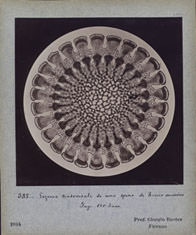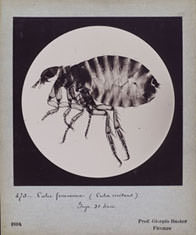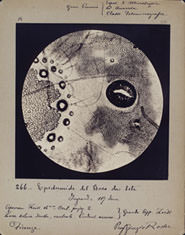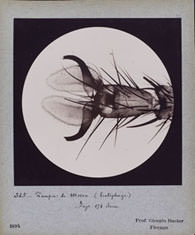Technical developments up to 1800
During the 18th century efforts to permanently fix the images produced by the camera obscura intensified. Among the solutions proposed, that of Joseph-Nicéphore Niépce (1765-1833) was one of the most successful. He conceived the idea of obtaining images for lithographic printing without the intermediation of an artist. The process consisted in using a plate coated with “bitumen of Judea,” a chemical compound that would react when exposed to light. After perfecting this process, which he called “heliography,” Niépce took the first photograph in history: a view from his Le Gras atelier in Saint-Loup-de-Varennes, France. This black and white image, although grainy and lacking in detail, marked the beginning of a revolution that would lead to the birth of photography.







